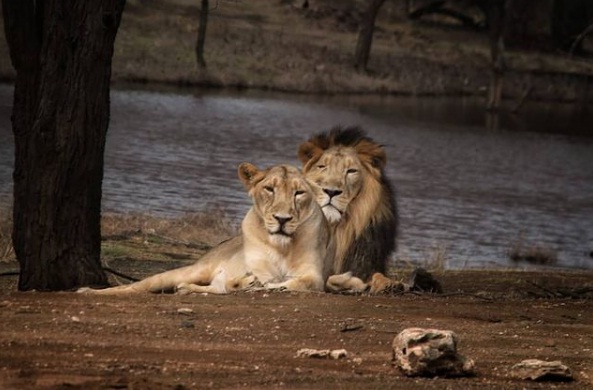New York City
The history of New York City is a fascinating story that spans several centuries. Here is a condensed version of the full history of New York City:
Native American Settlements : Before the arrival of European settlers, the area that is now New York City was inhabited by various Native American tribes, including the Lenape people.
Dutch New Amsterdam (1624-1664) : The Dutch established a settlement called New Amsterdam in 1624 on the southern tip of Manhattan Island. It served as a trading post and grew into a diverse community.
English New York (1664-1776) : The British seized control of New Amsterdam from the Dutch in 1664 and renamed it New York. It became an important British colony, serving as a major port and commercial center.
American Revolution (1776-1783) : During the American Revolutionary War, New York City was a strategic location and was occupied by British forces until their evacuation in 1783.
Early 19th Century : In the early 1800s, New York City experienced rapid growth and urbanization. The completion of the Erie Canal in 1825 further fueled its economic development and positioned it as a key transportation hub.
Immigration and Industrialization (Late 19th-early 20th century) : From the late 1800s to the early 1900s, millions of immigrants arrived in New York City, seeking economic opportunities. The city underwent significant industrialization and became a center for manufacturing, trade, and finance.
Skyscrapers and Urban Development : In the late 19th and early 20th centuries, New York City's skyline began to transform with the construction of iconic skyscrapers such as the Empire State Building and the Chrysler Building. Urban development projects, including the construction of bridges and the creation of Central Park, shaped the city's landscape.
Great Depression and World War II : Like the rest of the country, New York City was impacted by the Great Depression of the 1930s. However, it rebounded during World War II, becoming a major contributor to the war effort and experiencing a post-war economic boom.
Social and Cultural Movements : New York City has been at the forefront of various social and cultural movements, including the Harlem Renaissance, the civil rights movement, and the birth of hip-hop in the Bronx.
Contemporary New York City : Today, New York City is a global metropolis known for its diversity, finance, arts, and culture. It is home to iconic landmarks such as Times Square, Statue of Liberty, Wall Street, Broadway, and numerous museums, galleries, and cultural institutions.
This overview provides a general understanding of the history of New York City, but there are countless details and events that have shaped its vibrant past and continue to shape its present.
New York City, often referred to as the "Big Apple," offers a plethora of attractions that cater to various interests. Here are some of the top attractions in New York City:
Statue of Liberty and Ellis Island : Visit the iconic Statue of Liberty, a symbol of freedom, and explore Ellis Island, the historic gateway for millions of immigrants to the United States.
Times Square: Experience the bright lights and bustling energy of Times Square, known for its neon billboards, theaters, shopping, and entertainment options.
Central Park : Escape the urban hustle and relax in Central Park, a vast green oasis in the heart of Manhattan. Enjoy activities such as picnicking, boating, visiting the Central Park Zoo, or simply strolling through the scenic pathways.
Empire State Building : Take in breathtaking views of the city from the observation decks of the Empire State Building, an iconic Art Deco skyscraper.
Broadway : Catch a show on Broadway, known as the pinnacle of American theater. Enjoy world-class performances of musicals, plays, and other live entertainment.
Metropolitan Museum of Art : Explore the vast collections of art from around the world at the Metropolitan Museum of Art (the Met), one of the world's largest and most renowned art museums.
Museum of Modern Art (MoMA): Delve into modern and contemporary art at the Museum of Modern Art (MoMA), which showcases works by artists like Van Gogh, Picasso, Warhol, and Pollock.
Brooklyn Bridge : Walk or bike across the iconic Brooklyn Bridge, offering spectacular views of the Manhattan skyline and the East River.
High Line : Take a stroll along the High Line, a unique elevated park built on an old railway track. Enjoy the greenery, public art installations, and views of the city's neighborhoods.
The Metropolitan Opera : Experience world-class opera performances at the Metropolitan Opera House, known for its stunning productions and talented performers.
9/11 Memorial and Museum : Pay tribute to the victims of the September 11, 2001 terrorist attacks at the 9/11 Memorial and Museum, which honors the lives lost and provides insight into the tragic events.
Coney Island : Visit Coney Island, a classic seaside amusement park with thrilling rides, a sandy beach, and the famous boardwalk.
These are just a few highlights, and New York City offers an endless array of attractions, neighborhoods, museums, parks, restaurants, and cultural experiences. The city truly has something for everyone.
New York USA. The largest city in the US Video
-: Interesting fact about New York City :-
New York City is home to the world's largest urban park. Located in the borough of Queens, Flushing Meadows-Corona Park covers an impressive 897 acres (363 hectares). This expansive park hosted the 1939 and 1964 World's Fairs and is notable for its iconic structures, including the Unisphere—a massive stainless-steel globe—and the New York State Pavilion. Flushing Meadows-Corona Park offers a wide range of recreational activities, including sports fields, playgrounds, a zoo, boating, and cultural institutions such as the Queens Museum and the USTA Billie Jean King National Tennis Center, where the US Open is held.






0 Comments